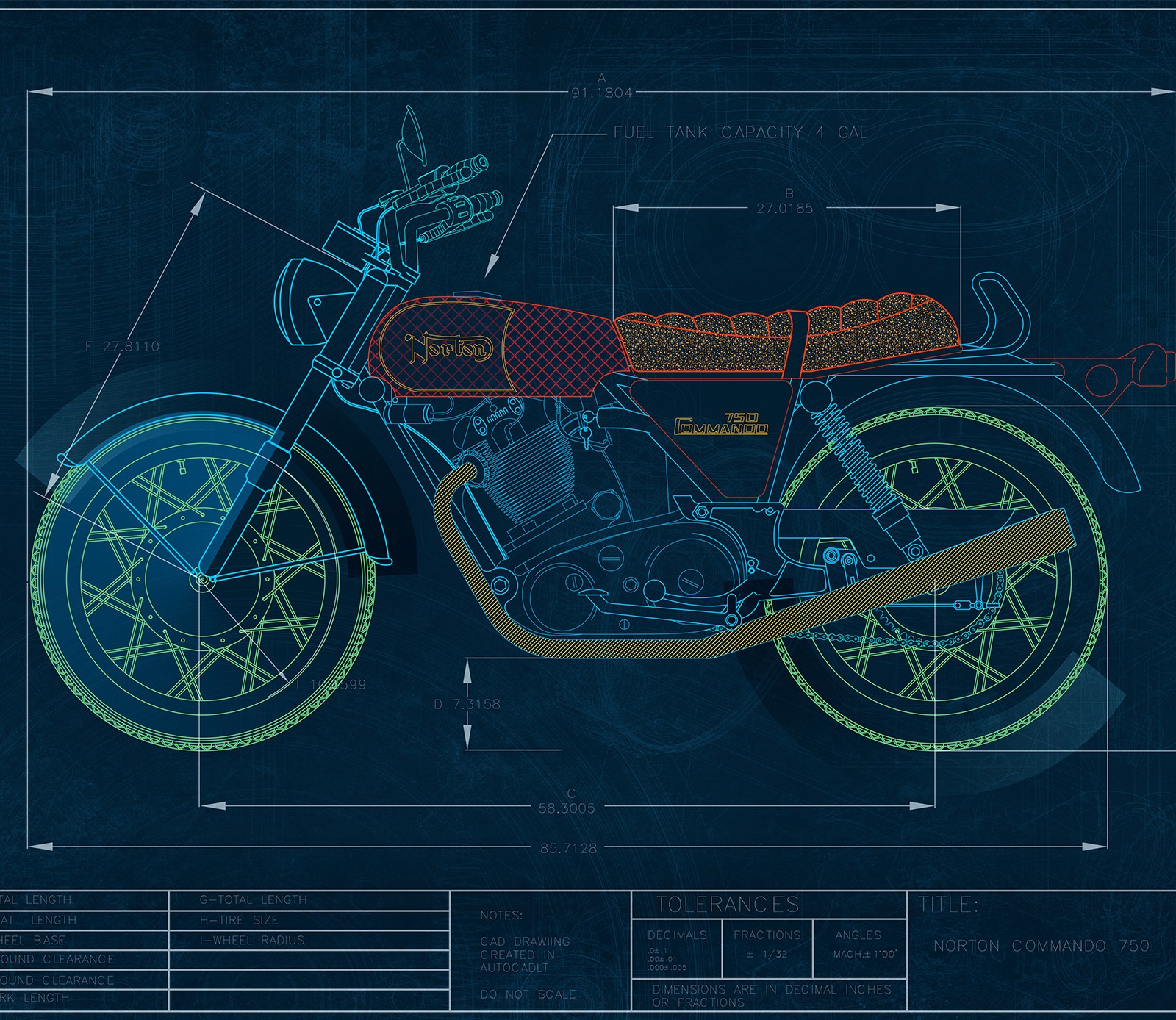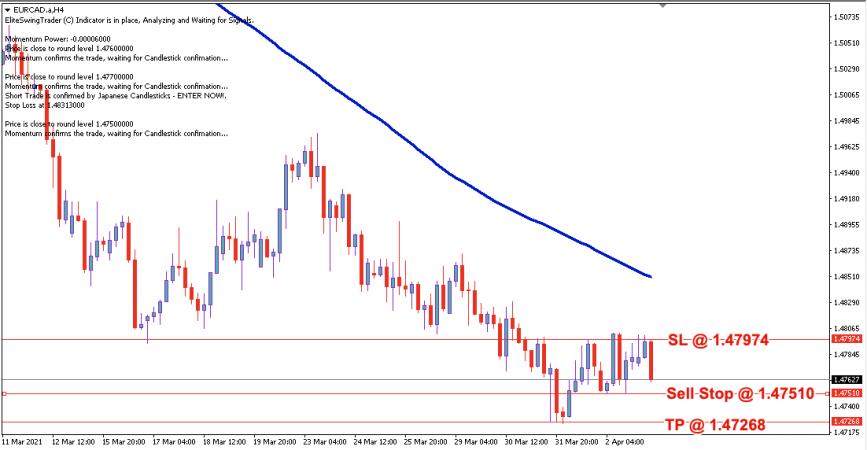

The new viewport should appear on the screen as shown in the picture below.Ĭreating a Viewport with an Object’s Shape Use your mouse to draw the viewport shape with the desired measurements by specifying the external points (length and width) enclosing the view. Once you select the desired option, click the “Change view to” menu and change from Current to the new view name. Select the viewport section where you want to display the view created in the previous steps by using the Preview window. You can choose the viewport configuration by selecting the option you like in the left column (Single, Two: Horizontal, Three: Right, etc.).ħ. Select the Insert View option in the Layout Viewports tab and a new window will appear. A blank sheet should appear with the Layout tab settings at the top of the screen (as shown in the picture below).Ħ. Use the mouse to enter the Paper Space by clicking the Layout1 window at the bottom of the screen. Once you complete this step, press Enter. Use the mouse to specify the extent of the view by enclosing the object or section with a rectangle. Type the view name and click on the “Define window” option to select the part of the model you want to convert as a new viewport. A new window will appear with the New View settings. Click OK again and make sure the Model Views option is selected (highlighted in blue in the left column).ģ. Click on the View tab in the Model Space, then click on View Manager located above the Named Views tab. To accomplish this, you need to follow the steps below.ġ.

This allows you to select a specific part or section of the drawing and generate a new view. It’s far more common to work directly in the Paper Space when using viewports it’s also possible to insert new viewports from the Model Space. 4 Moving the Viewport in the Layout Space.

2 Creating a Viewport with an Object’s Shape.


 0 kommentar(er)
0 kommentar(er)
